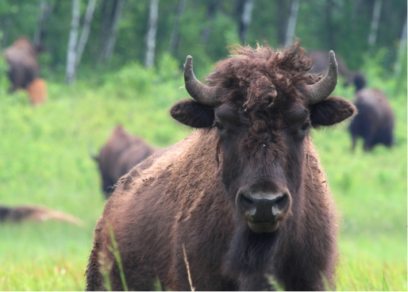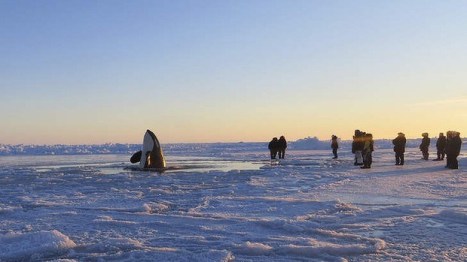By Guest Bloggers Jerod and Bethann Merkle
An Introduction to our Guest Bloggers:
Jerod is a wildlife research biologist who hails from Arizona and Montana and is currently pursuing a Ph.D. at Université Laval (Québec, Canada). His wife, Bethann, is a communications consultant, author, artist, and educator who hails from Montana. They became interested in writing for our blog, as they were “intrigued by the premise of the Early Career Ecologists blog because we are both under 30 years of age, work actively in ecology and scientific communication, and often discuss how important it is to communicate about this work across disciplines and beyond academia.” Jerod and Bethann enjoy collaborating on personal and professional projects, including this article about one aspect of Jerod’s current research project.

Conservation Photography
Facial recognition in humans is important for identifying and monitoring criminal behavior. For ecological conservation, identifying individuals is important for estimating and monitoring ecological parameters such as survival, reproduction, and habitat selection. Ultimately, recognizing individual humans and wild animals offers social and conservation benefits. Continue reading →




You must be logged in to post a comment.